
It is a marketing strategy that aims to reach the largest possible number of people through unified marketing messages that are not specific to a specific category. This type of marketing uses widespread media such as television, radio, and newspapers, as well as the Internet to reach a large and diverse audience.
Characteristics of mass marketing
1. Broad targeting: aims to reach the largest possible number of people without specification or limited allocation to the target audience.
2. Unified messages: a general marketing message is used that suits all members of the audience.
3. Use of traditional media: relies heavily on television, radio, and newspapers.
4. Large-scale campaigns: Marketing campaigns are usually huge and cover large geographic areas.
Benefits of mass marketing
1. Broad reach: can reach a large and diverse audience in a short time.
2. Enhance brand awareness: can enhance brand recognition on a large scale.
3. Build a strong image: contributes to building a strong mental image of the brand among the audience.
4. Ease of implementation: Unified marketing messages make it easy to implement campaigns on a large scale.
Advantages of mass marketing
1. Broad impact: It can quickly affect a large segment of society.
2. Ability to influence culture: It can shape the trends and directions of society.
3. Possibility of use with consumer products: It is suitable for products and services that target the general public such as food and beverages.
Disadvantages of mass marketing
1. High cost: Advertising campaigns in traditional media are often very expensive.
2. Lack of audience customization: The inability to accurately target a specific group can lead to wasted resources.
3. Intense competition: Due to the wide spread, it may be difficult to distinguish the brand from others.
4. Decreased effectiveness in the digital age: With the increased use of customized digital marketing, the impact of mass marketing may decrease.
Modern examples of mass marketing
1. Procter & Gamble (P&G) advertisements:
- “Thank You, Mom” campaign: P&G launched this famous global campaign during the Olympics. It included television ads that reached a global audience, glorifying the role of mothers in the lives of athletes. The message was general and included all viewers, making it a strong example of mass marketing.
2. Apple Campaign:
- “1984” Ad: This ad, which was released during the 1984 Super Bowl to promote the Macintosh, was a prime example of mass marketing. Although relatively old, it is still remembered as one of the most influential ads in the history of mass marketing, as it targeted a wide audience thanks to its broadcast during a global event such as the Super Bowl.
3. Samsung Ads:
- “Next Is Now” Campaign: Samsung used mass marketing effectively through this campaign to advertise its smartphones. The ads were broadcast across television and other media to reach a global audience, emphasizing that Samsung offers the latest technology for everyone.
4. Unilever (Dove) Campaign:
- “Real Beauty” Campaign: This campaign targeted women of all ages and styles, using television ads and online content to convey a message about natural beauty. The goal was to reach a wide audience with an inclusive message that promoted self-confidence.
Mass marketing is a marketing strategy that aims to reach a wide audience with unified messages, which contributes to enhancing brand awareness and building a strong brand image. Despite its great benefits in reaching a large audience, it requires high costs and may be less effective in targeting specific groups. In today's digital age, mass marketing is being challenged by competition from more personalized and precise digital marketing.

01/09/2024

14/08/2024

16/08/2024

31/08/2024
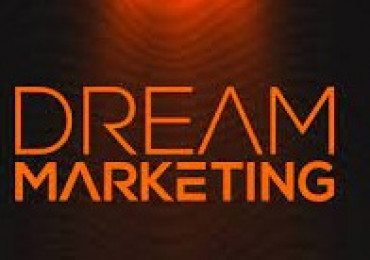
30/08/2024

18/08/2024
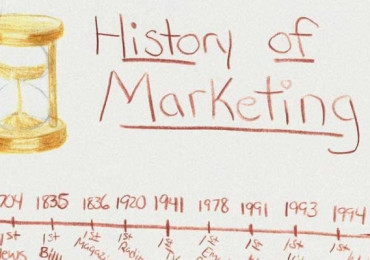
22/08/2024
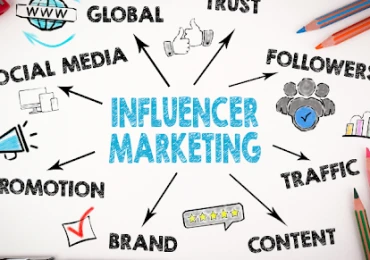
17/08/2024

01/09/2024
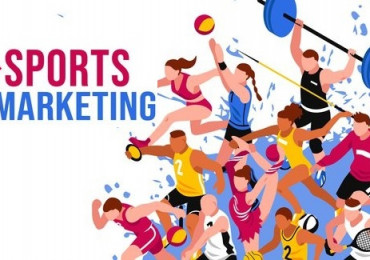
22/08/2024
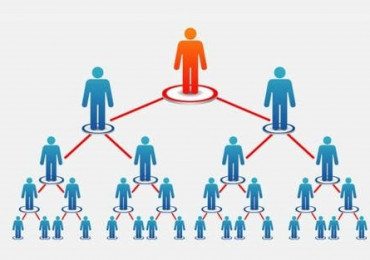
14/08/2024
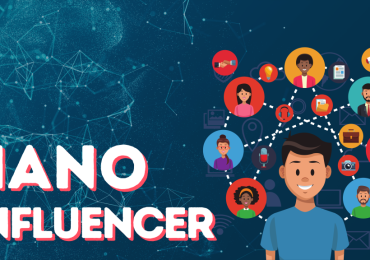
01/09/2024

23/08/2024
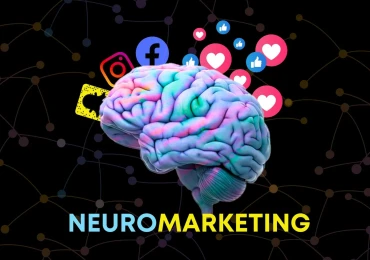
15/08/2024

30/08/2024
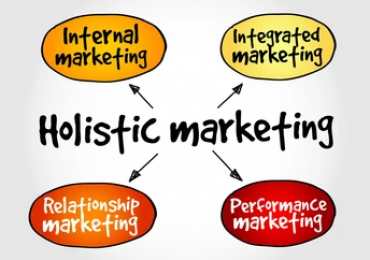
18/08/2024
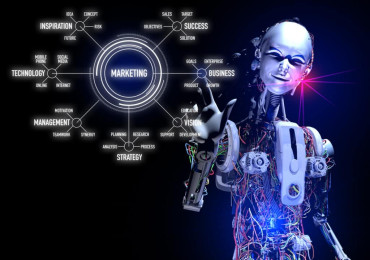
20/08/2024

18/08/2024
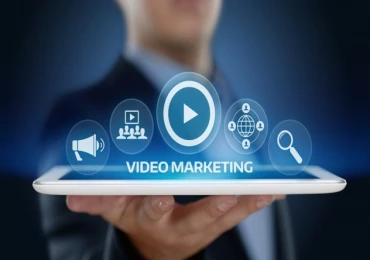
17/08/2024
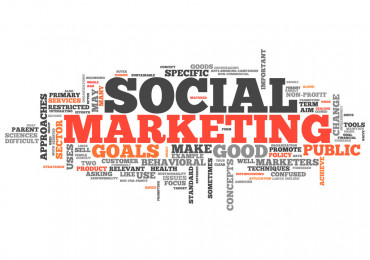
17/08/2024